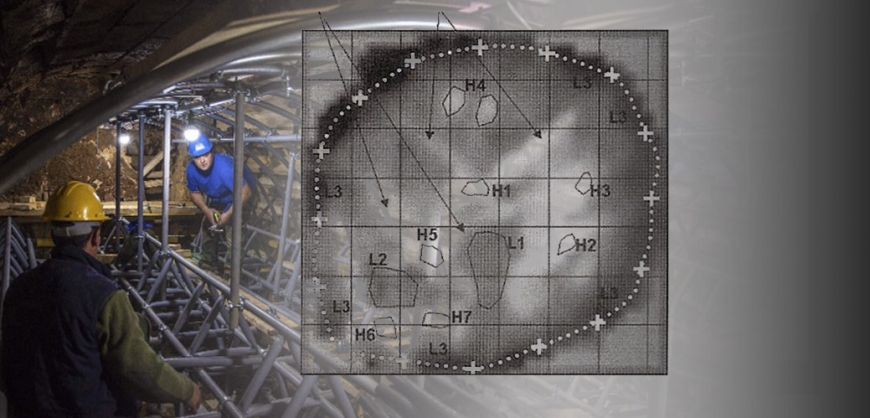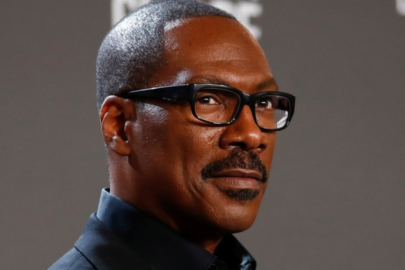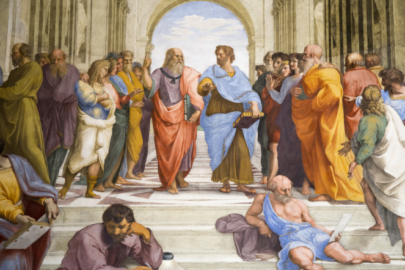A divergence of views regarding the methodology that should be used in the excavations at the exquisite ancient tomb at Amphipolis has emerged between excavators and geologists. Lead archaeologist Katerina Peristeri has been criticized for using risky methods to remove debris, including the use of seismic tomography at Kasta Hill.
At a press conference held at the Amphipolis Museum on Thursday, a team led by Ms. Peristeri, commented on the difficulties encountered during the excavation while ensuring that maximum care is being taken to protect the monument. Ms. Peristeri stated that geo-scanning had never taken place in the area where the archaeologists are working but on the natural hill where other tombs of the Iron Age and Archaic Period had been found.
Ms. Peristeri said that, for work to begin, she needed to remove the debris left from previous archaeological excavations. Archaeologist Dimitris Lazaridis was the pioneer who first worked in the area and who devoted his life to uncovering the site.
Architect Athanasios Nakasis, the former chief of the Ministry of Culture’s Restoration of Ancient Monuments, had expressed a series of concerns regarding the methodology used for removing debris from the folds inside the monument, the external backfills but also the way in which the vaulted ceiling is being shored. He had said that sometimes the support structures themselves can demolish rather than uphold a monument.
Journalist Anna Panagiotarea, spokeswoman for the excavation, said that the crew working at the site is aware of the “sensitive balance” of the dome with technical consultants working to place props with careful maneuvering and performing delicate operations aimed at keeping stability.
Speaking about the work that had been carried out in the past on the outer area of the tomb, Ms. Peristeri said that much of the external removal of debris had harmed the marbles and she revealed that machines hadn’t been used to remove dirt over the tomb. She also pointed out that a unit of the Bulgarian army had fought in the area in 1913 and there were still shells around the tomb that may have caused damage. Furthermore, a 6.8 Richter earthquake had also changed the character of the Strymon River, causing damage to the tomb.
Ms. Peristeri also mentioned studies carried out by three geophysicists – specifically Lazarus Polymenakos, Stavros Papamarinopoulos and Athanasios Liosis – who, along with archaeologist Haido Koukoulis-Chrysanthaki had investigated the site from 1998 to 1999 using three-dimensional seismic tomography that aimed at detecting what was inside the artificial hill. Their study, published in a special British Archaeology journal, testified to the existence of extensive stone structures. They believed that their evidence was of significant value but still unconfirmed. On her part, Ms. Peristeri said that she is not basing her excavations on the research that had been carried out by the team of geologists and stated she is unaware of the details of the study.
Following this statement, an announcement by the research team was sent to Proto Thema stressing that the study was carried out, had scientific value and research validity. The announcement pointed to the 20-year presence of Dr. Lazaros Polymenakos in geological research. It also states that Ms. Peristeri is obliged to have knowledge of the study as part of her capacity as lead archaeologist at the site. On his part, Dr. Polymenakos had submitted his research to the excavation team and had personally informed them of his study. He considers it noteworthy that the archaeology service is looking down on a study that was recognized by around 30 scholarly journals and publications in 2012.
“Dr. Polymenakos, out of respect to Ms. Peristeri’s work and the operation at the site, hasn’t made a public presentation or comments regarding the results of his survey, and he has told the service and Ms. Peristeri personally that fragments of his work that have appeared in the mass media have not been his doing,” says the announcement, adding that it is disappointing that this has not only been recognized by those responsible at the site, but has been used to reject his professional capacity and work.





































